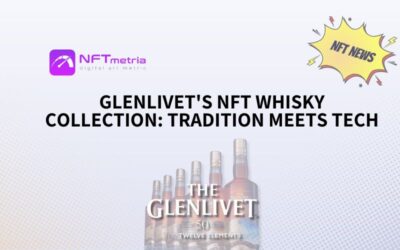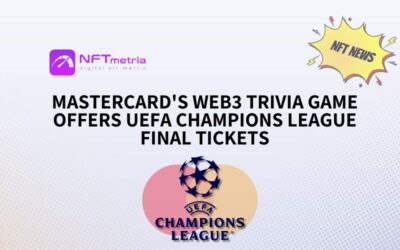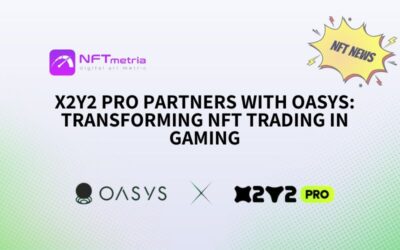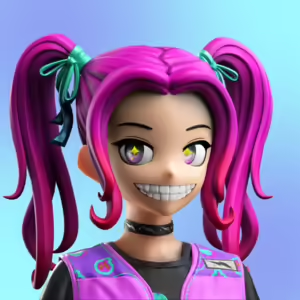In a swift response to the emergence of ERC-404, which brought a new era of fractional NFT ownership to the blockchain, a rival token protocol named ‘DN404’ (Divisible NFT) has stepped into the spotlight. On February 12, the enigmatic programmer @cygaar and collaborators unveiled DN404, positioning it as a formidable adversary by fusing elements of both ERC-20 and ERC-721 tokens.
Excited to launch the "Divisible NFT" standard (DN404) which aims to be a hybrid ERC20/721 token.
ERC404 took the crypto world by storm over the past few days, but it doesn't follow existing standards, is inefficient, and breaks at certain edge cases.
Here's how DN404 works 🧵: pic.twitter.com/3kj504Gb97
— cygaar (@0xCygaar) February 12, 2024
DN404’s Innovative Approach
DN404 adopts a two-part system, combining ERC-20 and ERC-721 standards to create a more efficient implementation for handling fractionalized NFT ownership. The ERC-20 contract facilitates divisible token shares, while the ERC-721 contract manages unique NFTs. The token’s main operations utilize the ERC-20 framework to divide NFT shares, providing a unique approach to the challenges faced by ERC-404.
DN404: Addressing Security and Efficiency Concerns
While ERC-404 experienced a surge in popularity, it also raised transaction fees on the Ethereum blockchain, prompting the development of DN404. The new token protocol aims to reduce the impact on transaction fees, offering a 20% reduction compared to its predecessor. Concerns about the stability of ERC-404 have led to security debates, with DN404 creator ‘quit’ identifying potential vulnerabilities in ERC-404’s interaction with lending protocols.
DN404’s Cautionary Note
Despite its novel structure, DN404’s programmer @cygaar urges potential adopters to exercise caution.
The premise of ERC404 was to create a single contract that can act as both a fungible and non-fungible token.
However, this can't be done without introducing exploits and breaking standards.
Our approach instead uses two contracts – a "base" ERC20 with a "mirror" ERC721.
— cygaar (@0xCygaar) February 12, 2024
In a statement on X, cygaar highlights that ERC-404 tokens deviate from standard ERC-20 and ERC-721 conventions, and the 404 numbering lacks adherence to the standard EIP numbering process. The introduction of DN404 alongside ongoing security debates may significantly impact NFT trading dynamics and influence the evolution of Ethereum’s blockchain standards.
Web3 Community Awaits Adoption and Integration of DN404
As both ERC-404 and DN404 aim to facilitate direct trade of fractional NFT ownership, the Web3 community anticipates the widespread acceptance of one framework over the other. The competition between these standards could reshape the landscape of NFT trading and integration with decentralized finance (DeFi) platforms. The coming months will be crucial for assessing the adoption, maturation, and community response to these evolving token standards.
Subscribe to our Twitter and YouTube to stay up to date with the latest events and trends in the NFT market.











